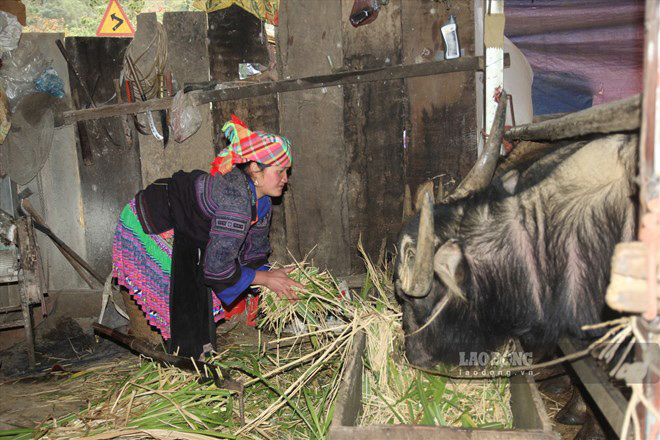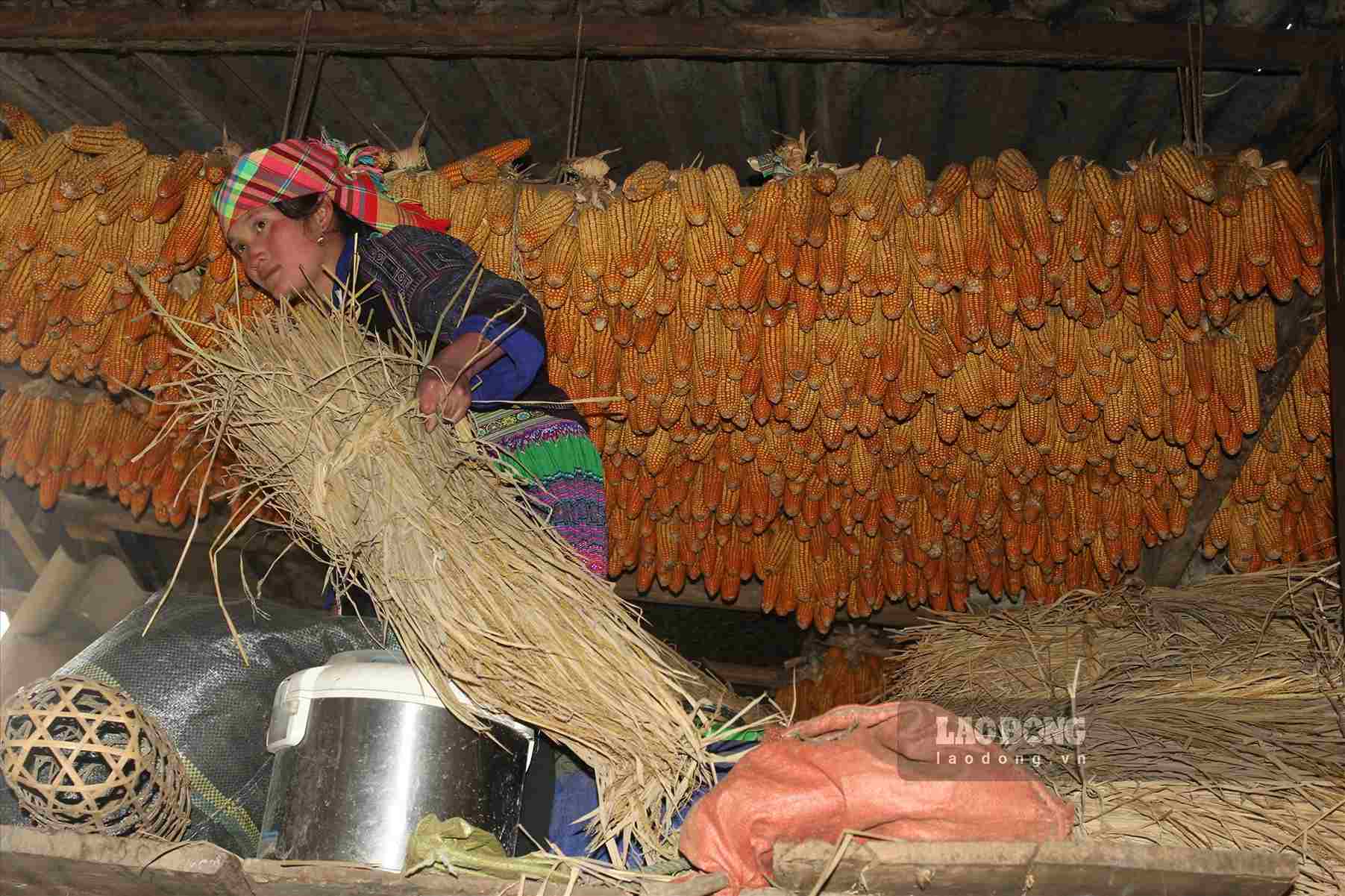Over the past few days, cold air has affected all provinces in the Central Central region. The Gulf of Tonkin has had strong northeast winds of level 7, gusting to level 9; Ly Son station recorded strong northeast winds of level 6.
On the morning of January 12, on the top of Lao Than mountain (in Y Ty commune, Bat Xat district, Lao Cai province), ice appeared densely in the cold weather due to the influence of cold air.
Earlier, in the early morning of January 11, a thin layer of ice appeared on the top of Phia Oac, Nguyen Binh district, Cao Bang province. According to information from an officer working at the FM broadcasting station of the Voice of Vietnam on the top of Phia Oac, this layer of ice began to form early in the morning and gradually melted around 9-10 am the same day.
Early morning of January 12, in 10 districts and cities of Cao Bang province, the temperature fluctuated from 3-5 degrees Celsius, the weather was freezing cold.

Frost appears, clinging to the high branches like crystals, creating a very beautiful scene. However, after this beautiful scene, people are very worried about the health of their livestock.
Mr. Ban Ton Lieu (residing in Thanh Cong commune, Nguyen Binh) shared: "In previous years, when frost appeared, after the ice melted and the weather warmed up, cattle and buffaloes could easily die from heat shock."
According to Mr. Lieu, from the beginning of winter, people have been advised to proactively keep warm and maintain a reasonable diet for their buffalo and cows.
On January 12, speaking with reporters, Mr. Duong Hien Hoa - Vice Chairman of Nguyen Binh District People's Committee - said: "Since the end of summer, the district has directed and urged professional departments as well as people to focus on keeping pets warm."


"On some cold and rainy days, officials will go to the grassroots to urge people to keep their cattle at home and not graze them in the fields." According to a representative of the People's Committee of Nguyen Binh district, the size of the cattle herd in the district is more than 30,000, and everyone hopes that the number of cattle will remain intact.
It is known that the North is entering the winter season, when the intensity and frequency of cold air increases from mid-January 2025. At the end of the cold season of 2023-2024, in Son La, in just 6 days of being affected by the strengthening cold air (January 22-26, 2024), 4.7 hectares of fruit trees were damaged and 13 livestock died of cold, including 5 buffaloes, 6 cows, 11 goats and 1 calf. The estimated damage is more than 600 million VND.
Faced with severe cold, local authorities have quickly implemented measures to support and help people protect their health and livestock.
However, in the long term, people in mountainous areas still need more sustainable solutions, such as building solid houses, renovating barns to protect livestock and switching to cold-resistant crops.





